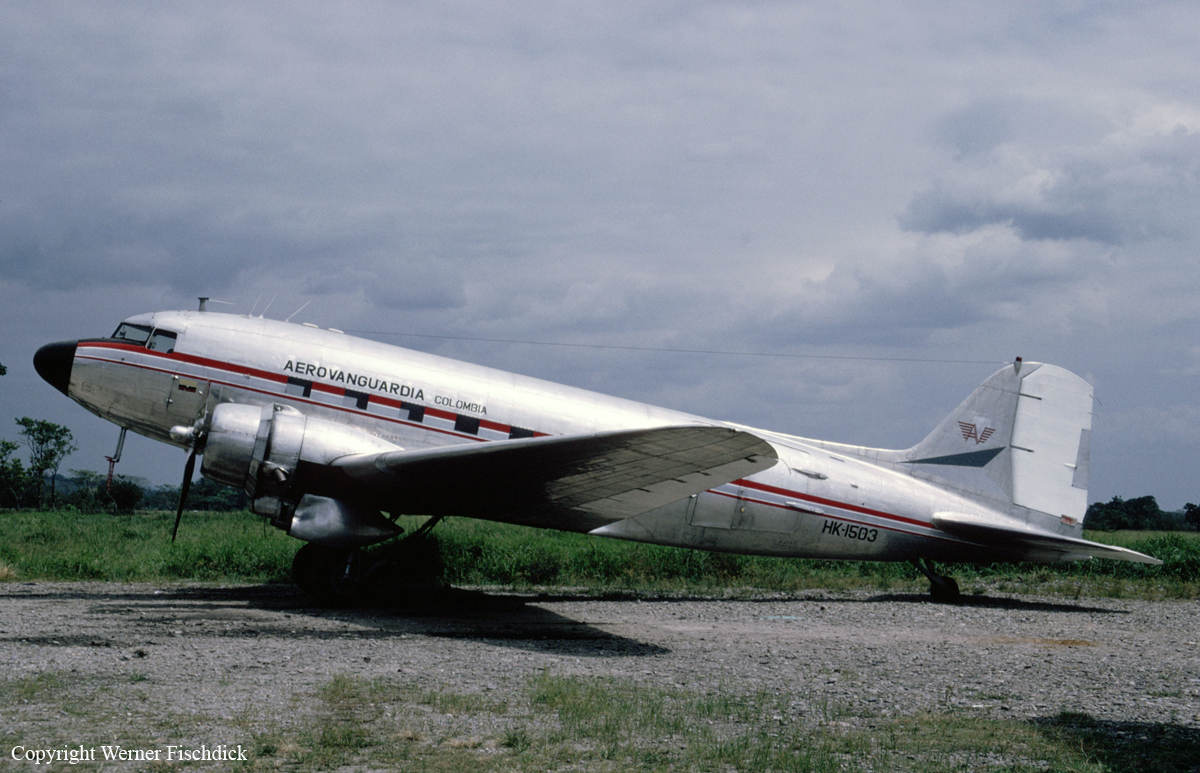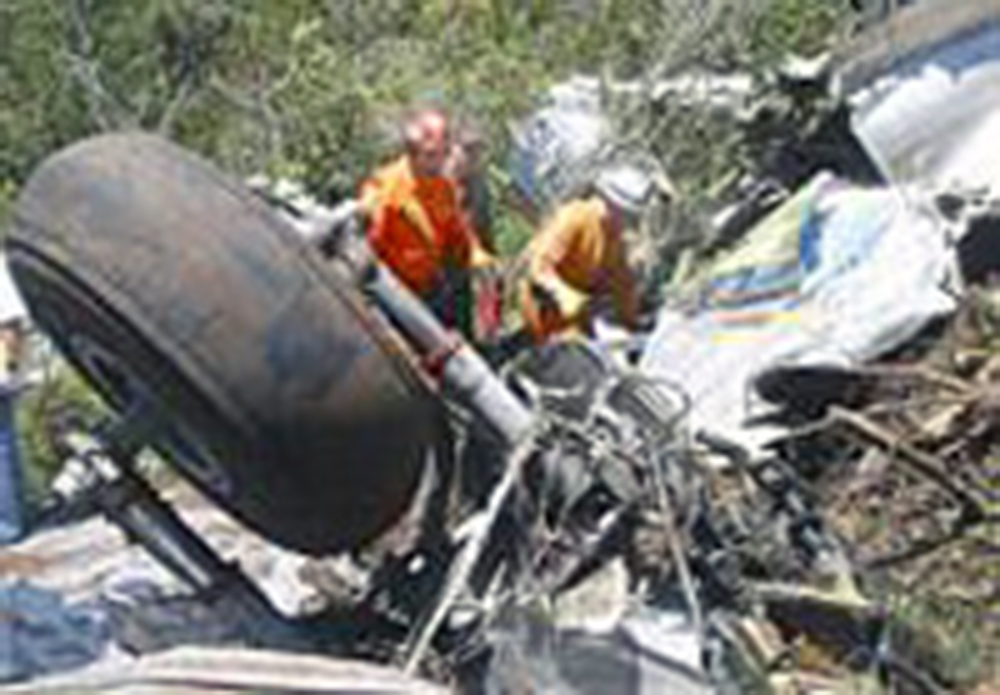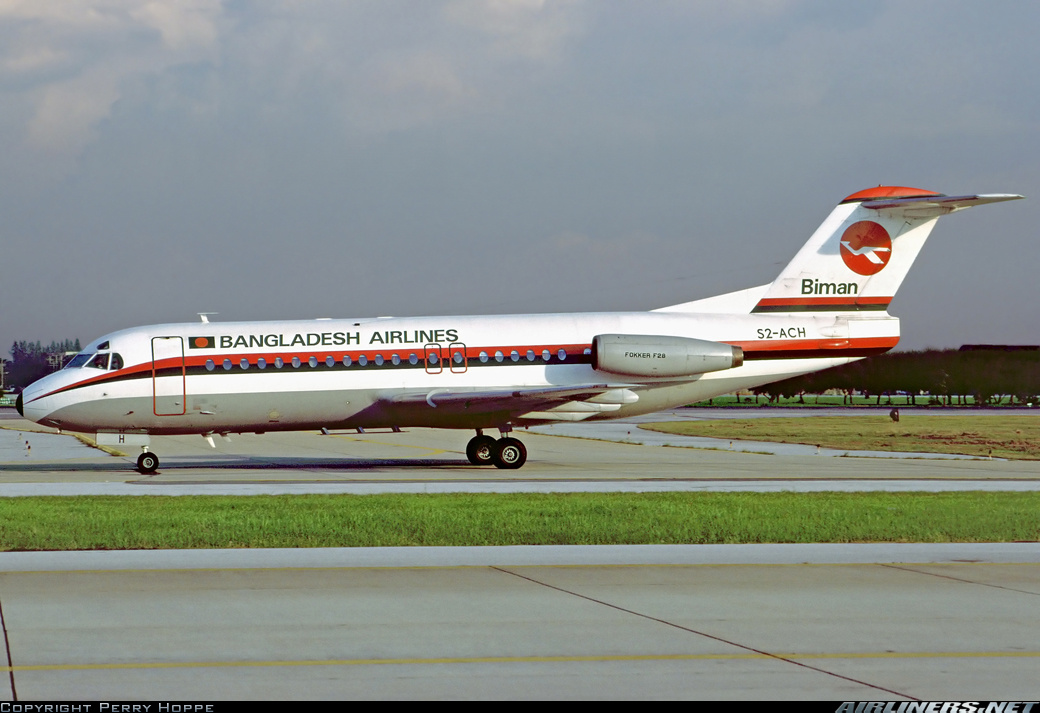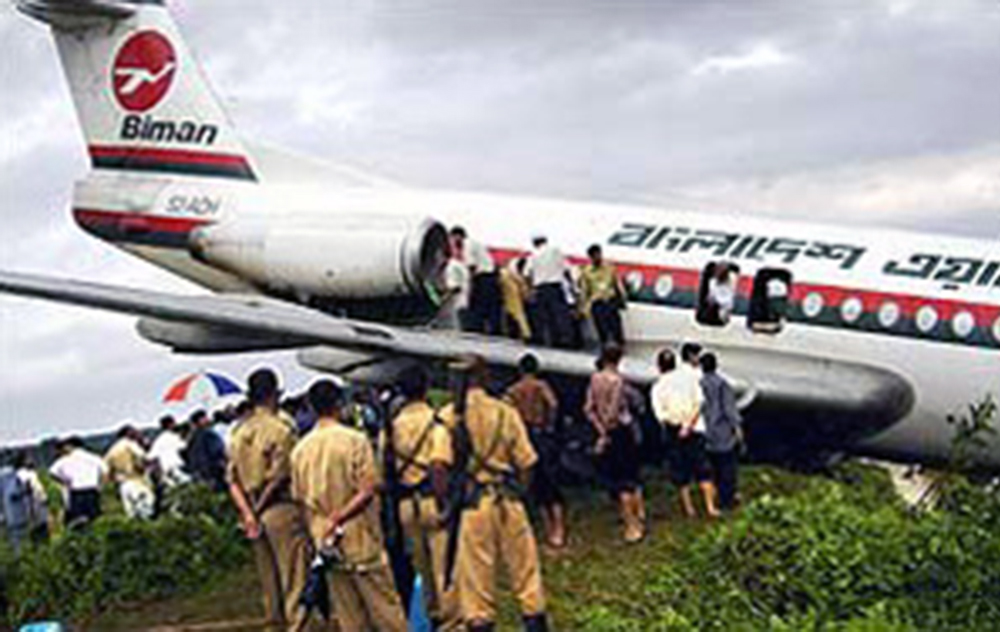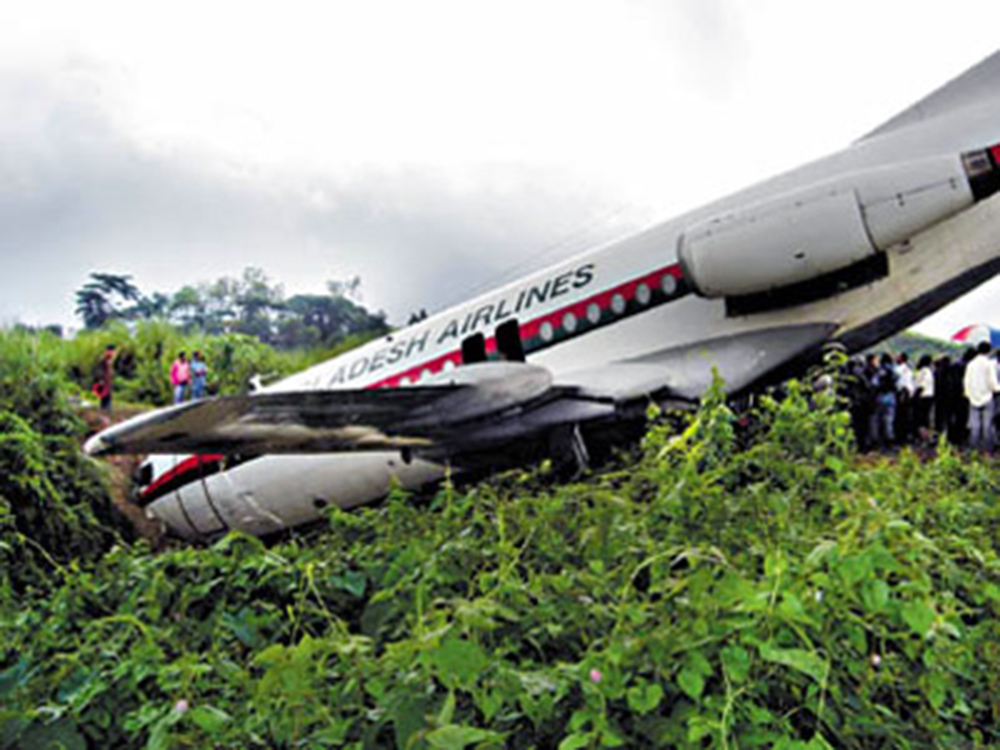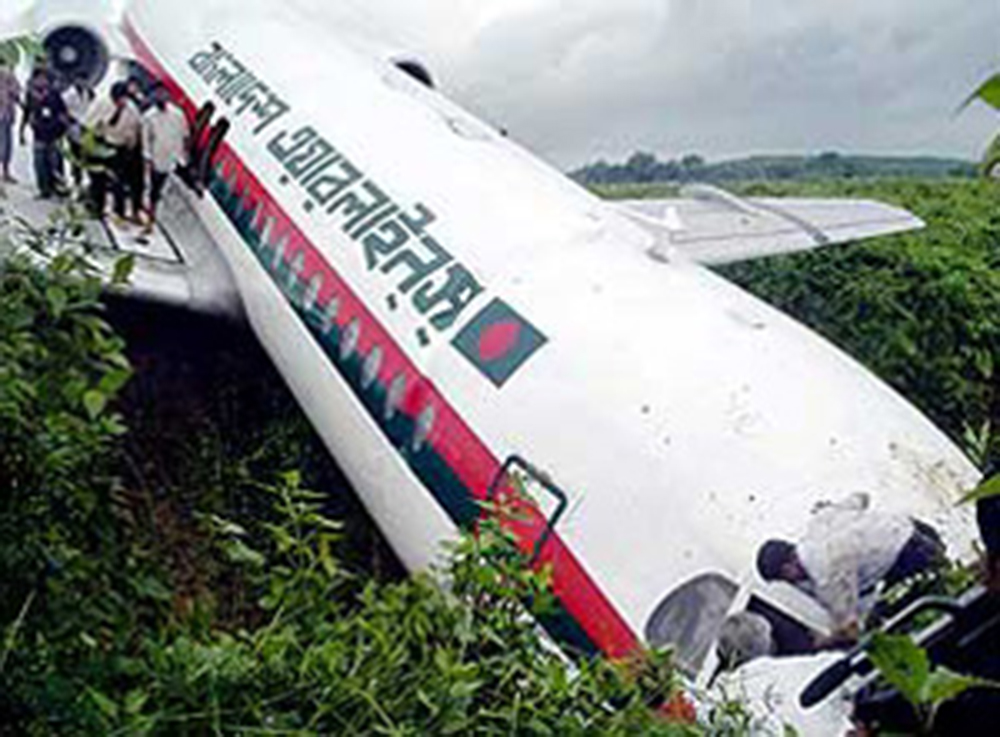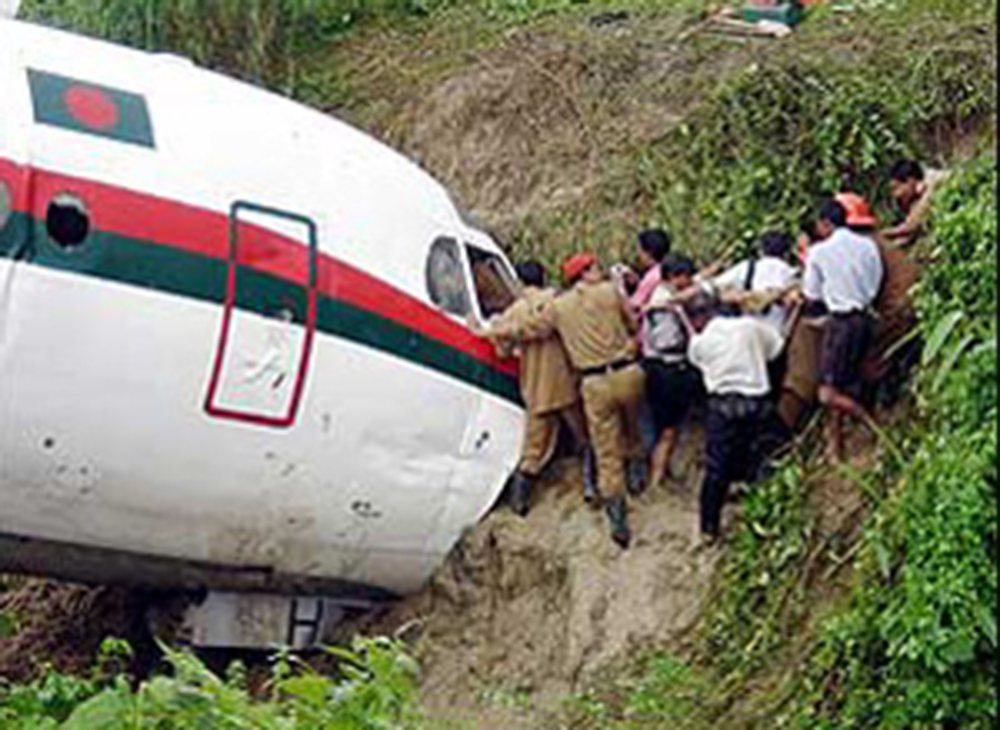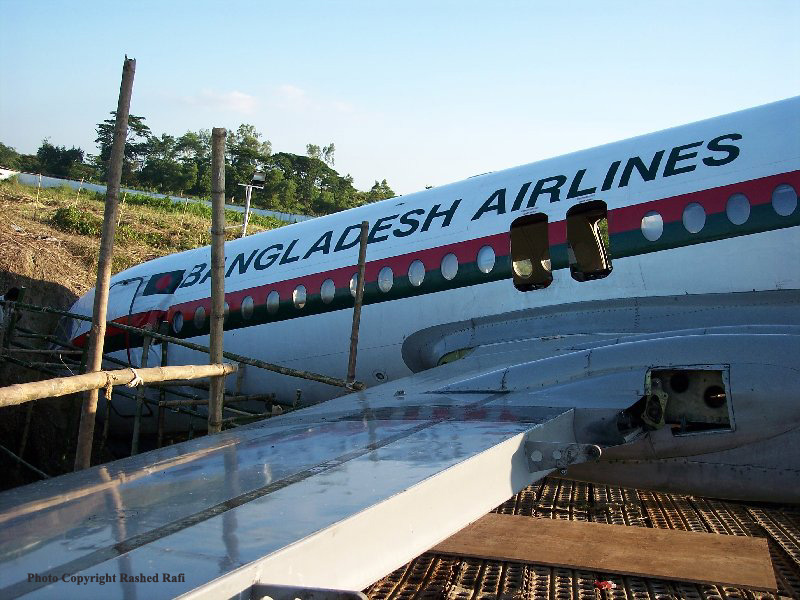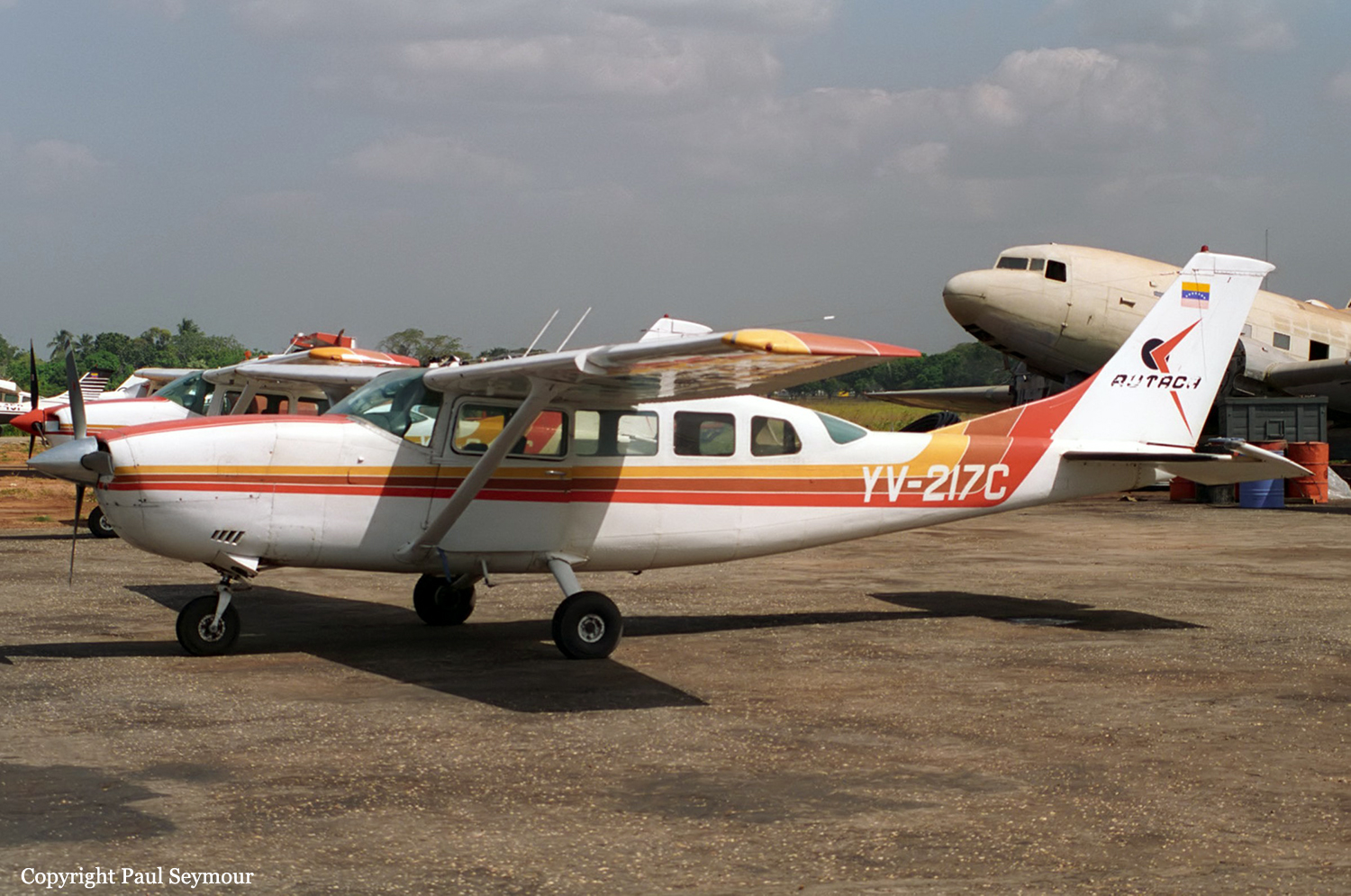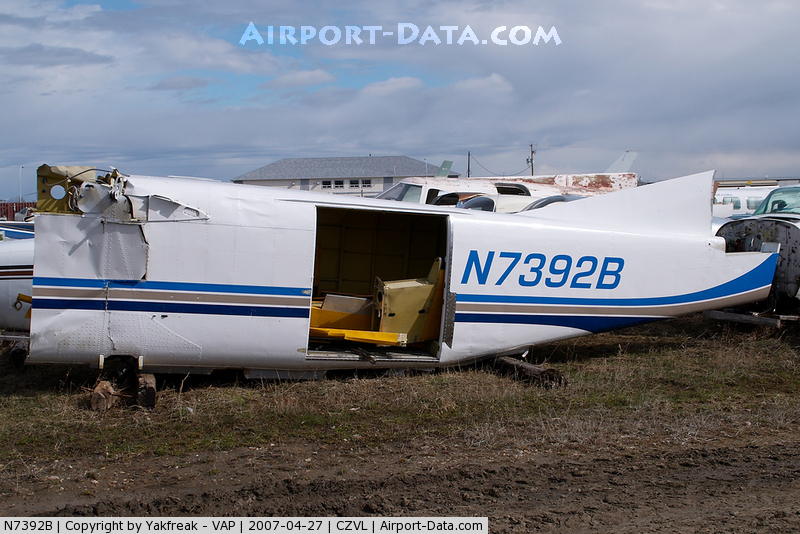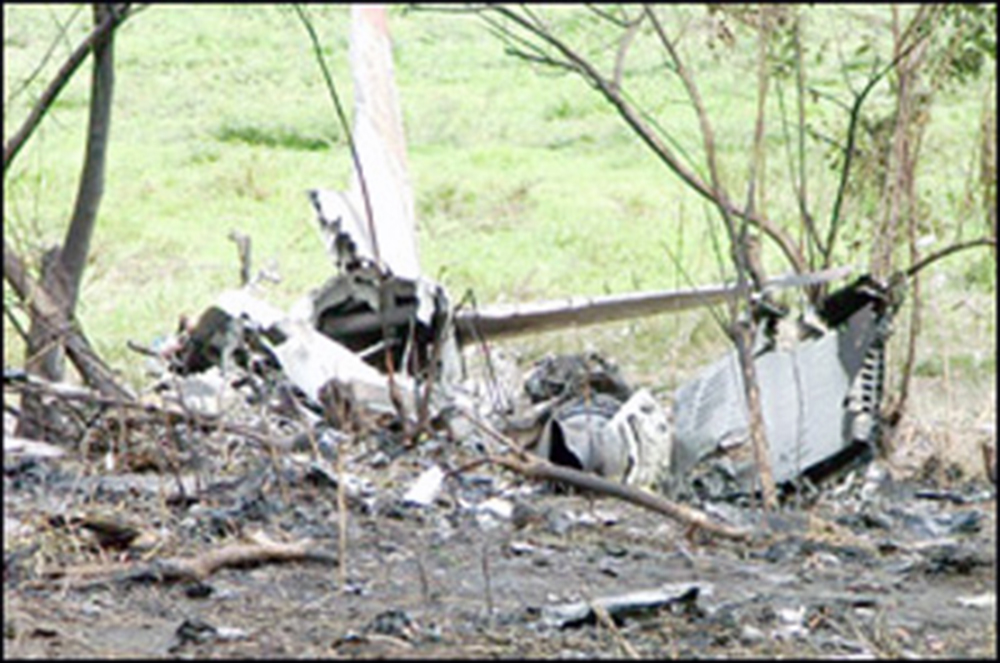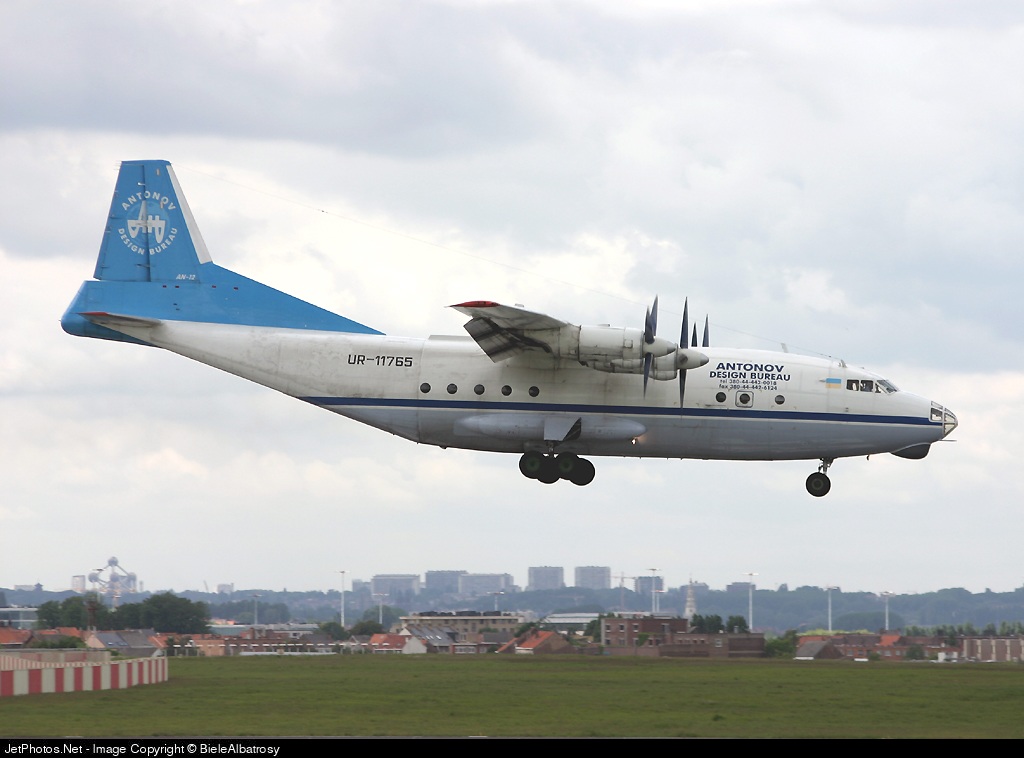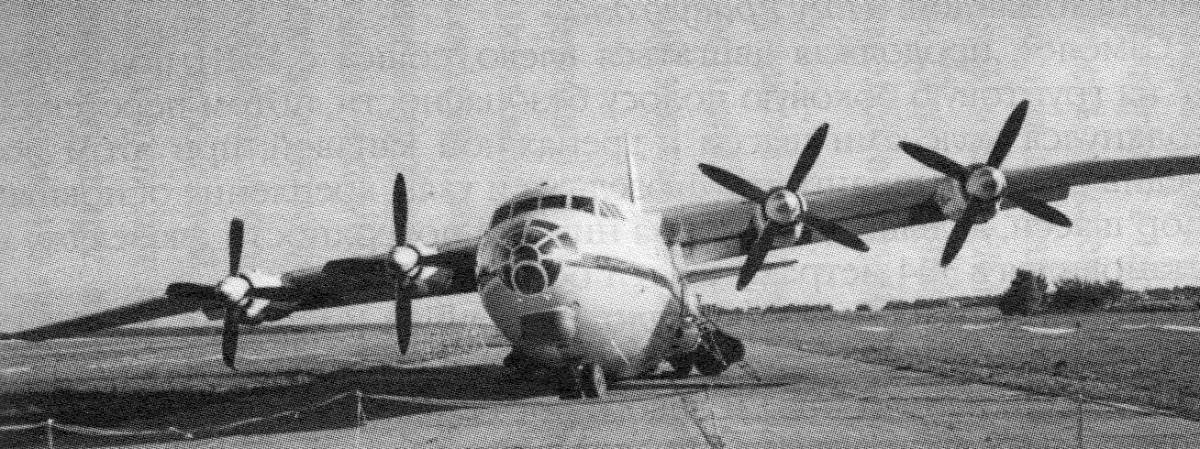Crash of a Douglas DC-3C in Medellín: 3 killed
Date & Time:
Oct 15, 2004 at 0750 LT
Registration:
HK-1503
Survivors:
No
Schedule:
Villavicencio - Medellín
MSN:
17064/34331
YOM:
1945
Crew on board:
2
Crew fatalities:
Pax on board:
1
Pax fatalities:
Other fatalities:
Total fatalities:
3
Captain / Total hours on type:
370.00
Copilot / Total hours on type:
91
Aircraft flight hours:
27592
Circumstances:
The aircraft departed Villavicencio on a cargo flight to Medellin-José María Córdova Airport with one passenger and two pilots on board. While descending to Medellín, the crew was informed about the poor weather conditions at destination (poor visibility due to fog) and decided to divert to Medellín-Enrique Olaya Herrera Airport. On final approach, the aircraft descended too low when it struck a mountain located 13 km short of runway. The aircraft was destroyed and all three occupants were killed.
Probable cause:
Controlled flight into terrain after the crew took the decision to continue the approach under VFR mode in IMC conditions until the aircraft impacted terrain. Poor CRM and lack of situational awareness were considered as contributing factors.
Final Report:
